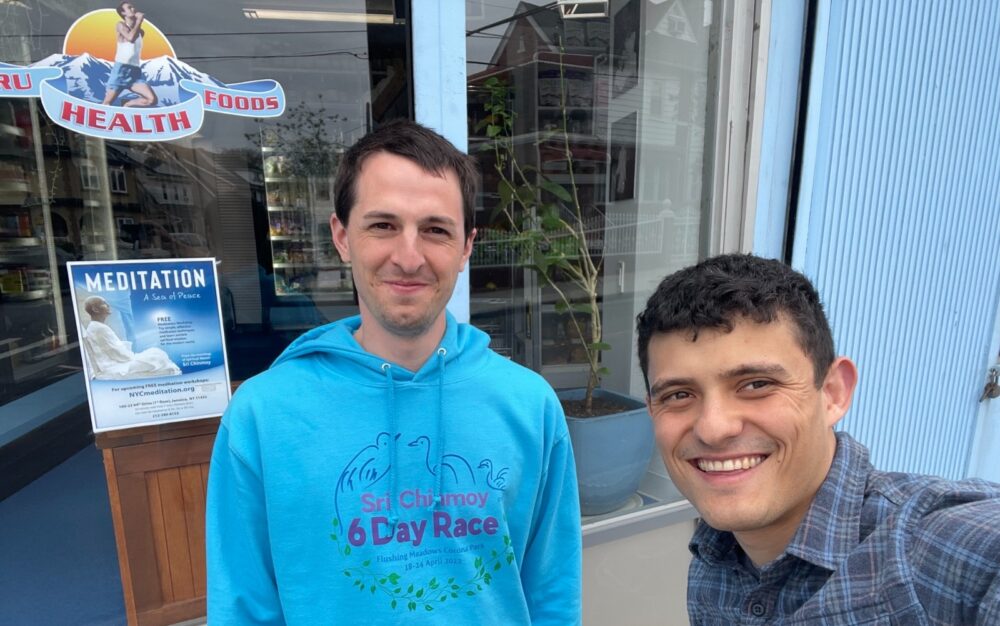Infrastructure dated from ancient Roman can be more impressive than modern buildings. Modern concrete structures might only last a few decades, but some of Rome’s long-lived concrete structures have survived for 2,000 years. Just look at the Pantheon’s unreinforced concrete dome, which was constructed around 125 C.E., is still intact, stated by MIT
A MIT chemist, Admir Masic, told the Guardian’s Nicola Davis that the Pantheon would not exist without concrete.

A long time ago, scientists wondered how the Romans accomplished such an incredible feat of engineering. Masic and other researchers propose in a new paper published in Science Advances that Roman concrete was capable of repairing cracks on its own. Scientists say the finding not only provides new insights into ancient Rome, but also provides a blueprint for improving modern concrete.
The researchers took mortar samples from walls in the ancient city of Privernum, near Rome. The mortar samples exhibited similar compositions to Roman concrete samples from the same period.
Scientists previously believed the lime clasts in the mortar meant Romans weren’t mixing the concrete well enough. But Masic disagreed.
A limestone clast’s origin was revealed by the analysis: Ancient engineers used quicklime, a dry, reactive form of limestone, rather than or in addition to slaked lime, which is mixed with water first. As a result of chemical reactions, calcium deposits were formed by mixing with quicklime, causing extreme temperatures.
In addition to serving a purpose, the researchers hypothesized that water could dissolve the chunks of calcium as it entered cracks in the concrete, thereby filling the cracks and strengthening the structure as the dissolved chemicals recrystallized or reacted with other materials.
Using a Roman recipe and a modern recipe, the team made concrete to test this. After breaking the concrete, they allowed water to pass through for 30 days. The modern concrete still let water pass through, but the Roman concrete didn’t, suggesting that the cracks had been filled.
Jennifer Ouellette of Ars Technica writes that ancient Roman concrete appeared to have cracks filled the same way.
Taking inspiration from Roman concrete “might be a cost-effective way to make our infrastructure last longer,” Masic says.
As cement contributes around 8 percent to global greenhouse gas emissions, longer-lasting concrete could also reduce the industry’s carbon footprint.
Source: Will Sullivan, Smithsonian Magazine “‘Self-Healing’ Concrete May Have Preserved Ancient Roman Structures” Jan. 9 2023



